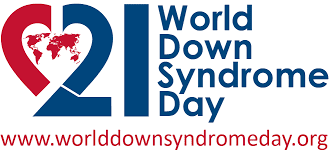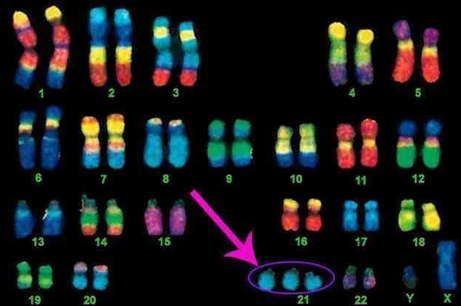Celebrating World Down Syndrome Day
Audio of blog
Supporting staff and students to achieve their full potential since 1968.
Welcome to our weekly CENMAC blog post
Celebrating World Down Syndrome Day | by Mary Long, Deputy Team Leader
Next Monday marks World Down Syndrome Day, a global awareness day to develop understanding of and highlight issues linked with Down Syndrome. This day has been celebrated since 2006, but was officially declared by the General Assembly of the United Nations in 2011, and recognised worldwide since March 2012.

The additional chromosome is also the reason why you may see people wearing mismatched or additional socks on March 21st.
The date of March 21st was chosen deliberately to signify the uniqueness of the triplication of the 21st chromosome which is what causes babies to be born with Down Syndrome. Most people have 23 pairs of chromosomes, but people with Down Syndrome are born with three copies of chromosome 21 instead of just two. The 21st day of the third month of the year represents this additional chromosome. This is explained in a much more entertaining way in this short film made by actors with Down Syndrome (please note: the video discusses how sperm and egg meet to create a baby. If you are watching with children, you may wish to view the content first).
The additional chromosome is also the reason why you may see people wearing mismatched or additional socks on March 21st. Some people think that the chromosomes look like pairs of socks and there has been a whole campaign around the wearing of brightly-coloured, odd socks to raise awareness and start conversations. For more information and ideas on how to get involved, visit lotsofsocks.worlddownsyndromeday.org/pages/get-involved.
In addition, this year, the focus is on ‘Inclusion’ and what this means for people with Down Syndrome. The key question “What does inclusion mean?” is being asked of people all around the world. For some free resources to support thinking around this theme, visit www.worlddownsyndromeday.org/resources.
A parent of one of our CENMAC students had this to say:
“As a parent, inclusion to me means that my son has equal access to the same opportunities as everyone else, and is able to take part in activities with his friends. Having visual support and Makaton signing in place helps him to communicate and join in. I think it is important that his voice is listened to, he is included in making decisions and that he is valued as a member of the community. He should have the same rights as everyone else and be able to be fully included and participate in society.”
Another parent commented:
“Inclusion to me means my son being included and involved in the day-to-day that happens for everyone. So, ensuring he is in the class setting working alongside his peers. Having the opportunity to work on topic. To feel like he is part of the whole.”
Inclusion is at the forefront of everything that CENMAC strives for. The consensus from the team is that inclusion in education means …
using a teaching model that adapts to meet the needs of every individual allowing them to make progress in their own way and at their own pace, helping them to reach their full potential while being valued as an individual.
An inclusive environment allows everyone to be heard as a respected contributor without bias as their thoughts and ideas are welcomed with kindness, fairness and an open mind for better understanding.
Down Syndrome International have put together an exciting programme of webinars for the day exploring the question of inclusion in more depth. To find out more and register visit: www.ds-int.org/Event/world-down-syndrome-day-programme-2022


Don’t forget you can share your CENMAC experiences for our CENMAC family to enjoy. Plus, sign up for our newsletter to read more about Education and Technology.



